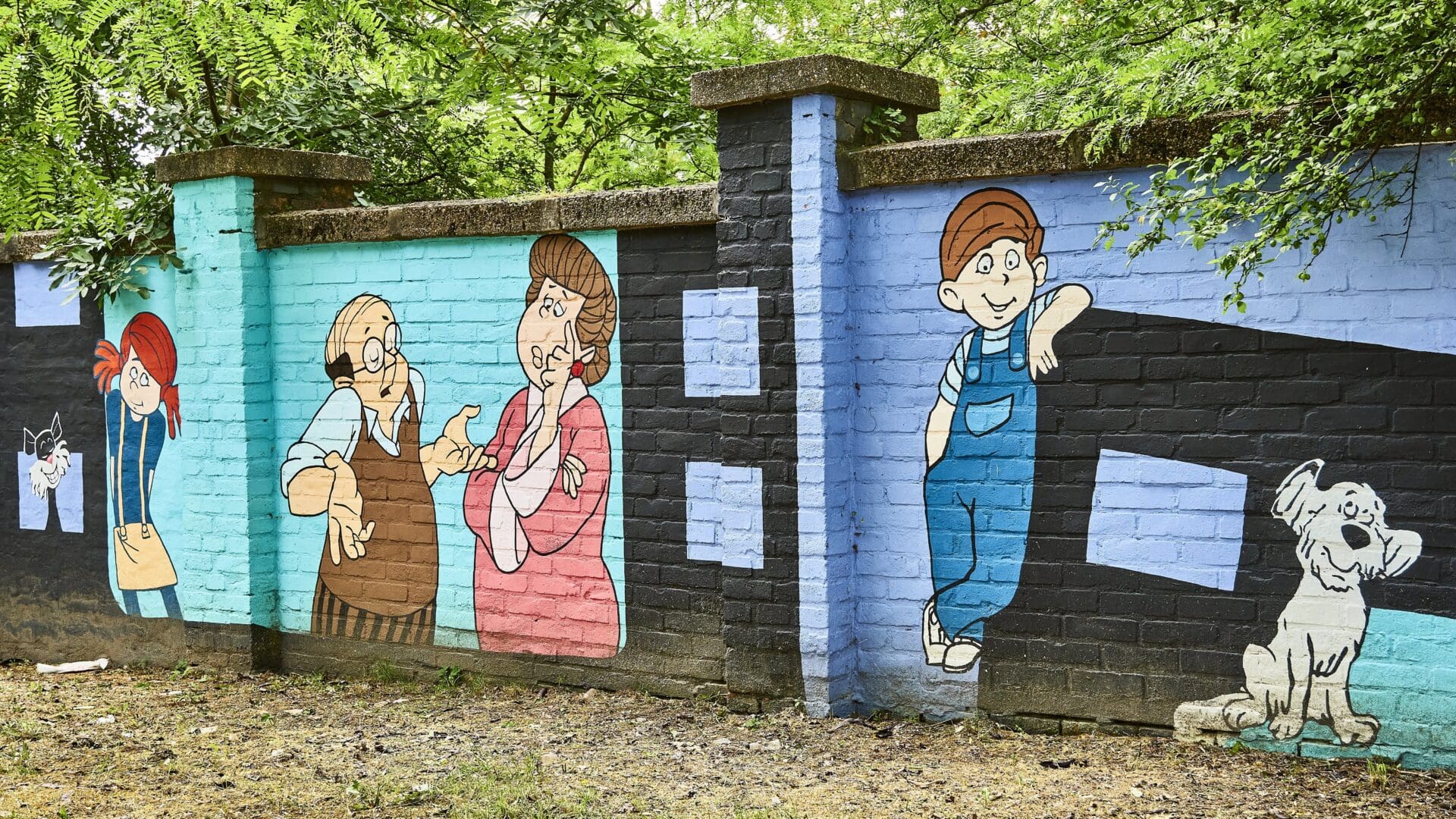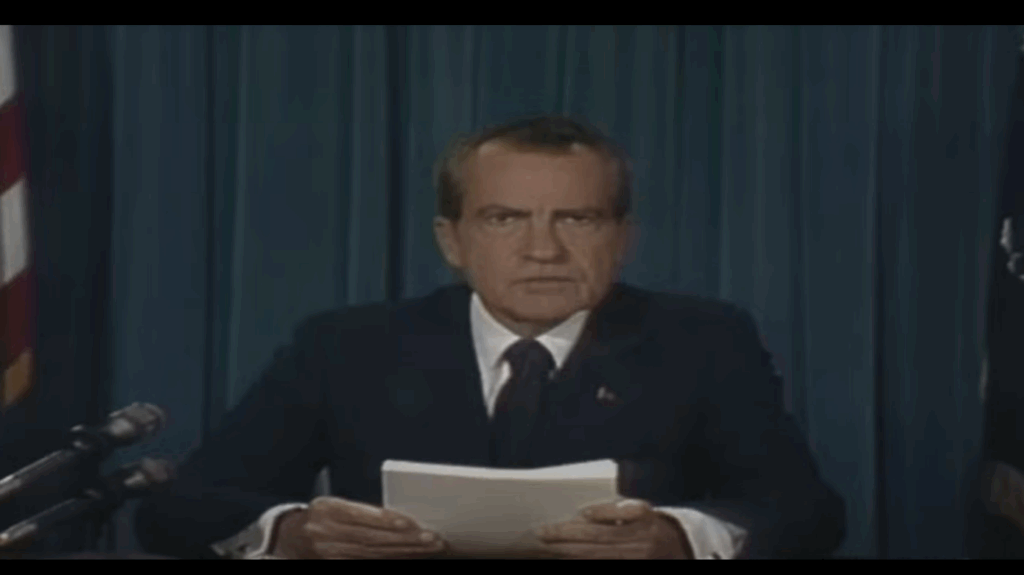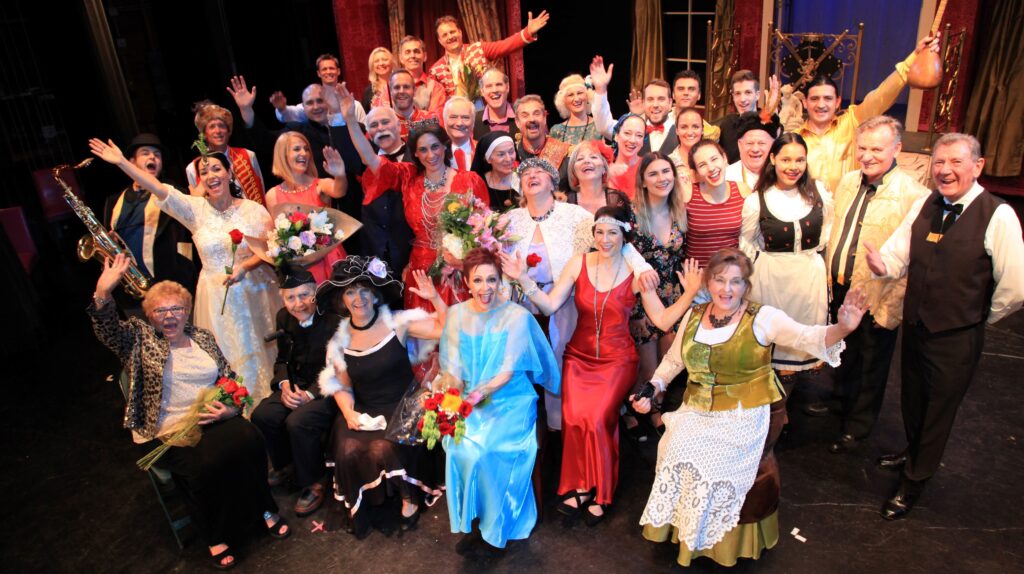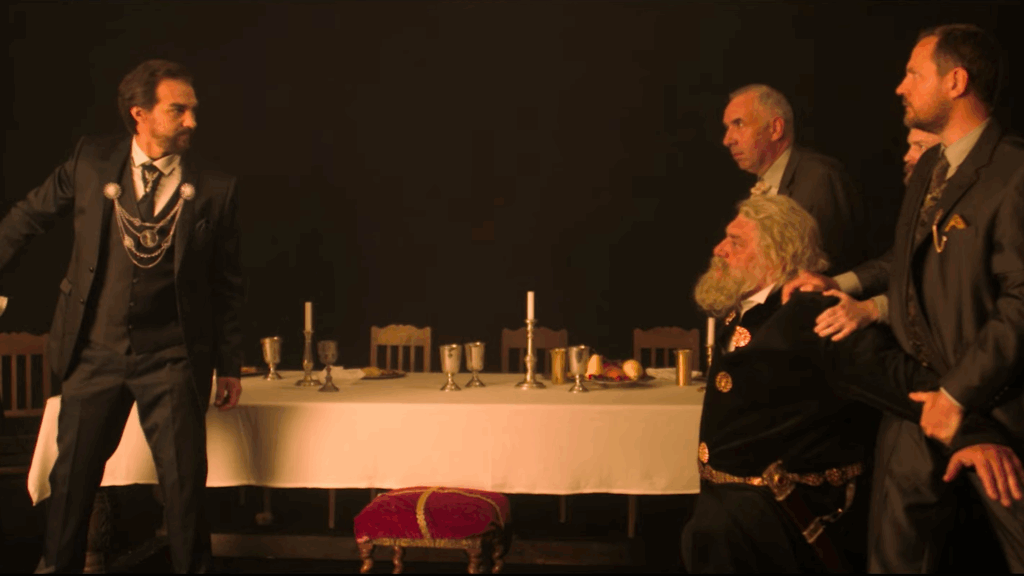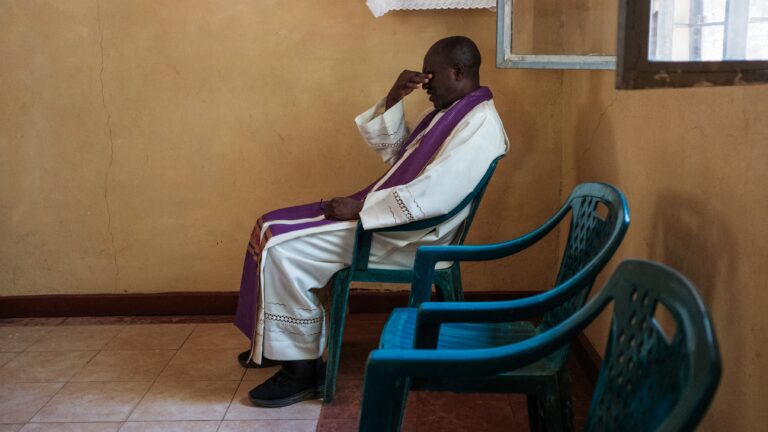The National Film Institute of Hungary is celebrating 110 years of Hungarian animation all throughout the year in 2024. The festivities started on 4 February, the birthday of Gyula Macskássy, considered by many in the film industry to be the father of Hungarian animation.
Macskássy started his career by animating commercials for companies. He got into film animation in the 1940s. His first animated short that garnered national attention was the adaptation of a Hungarian folk tale A kiskakas gyémánt félkrajcárja (The Rooster and the Diamond Penny) from 1951.
However, Macskássy was not the first to produce an animated cartoon in Hungary. That was done by a graphic artist named István Kató-Kiszly. At just 19 years old, in 1914, he made a stop-motion short with white paper cut-outs titled Zsirb Ödön. Unfortunately, no copies of the film survived, only mentions of it in writing, so the first ever Hungarian-made animated short is now a piece of lost media.
However, Kató-Kiszly continued his career up into the mid-1940s, producing such works as John the Valliant (1919) based on the 1845 narrative poem by Sándor Petőfi; and the 1921 adaption of the classic Shakespeare drama Romeo and Juliet.
110 éves a magyar animáció
Köszönet a filmben szereplő alkotások rendezőinek és producereinek, akik ezt a sokszínű műfajt gazdaggá teszik! A válogatásban szereplő filmek: Milorad Krstić: Ruben Brandt, a gyűjtő Macskássy Gyula, Várnai György: A ceruza és a radír Jankovics Marcell: Sisyphus Orosz István: Vigyázat, lépcső!
Throughout the following years, Hungary has produced a cornucopia of iconic, memorable cartoons, for both film and television.
On his posthumous birthday, we covered the life and work of Marcell Jankovics. He created the classic animated TV series Magyar Népmesék (Hungarian Folk Tales, 1980–2012), as well as the first ever animated feature film in Hungarian history, another rendition of John the Valliant in 1973.
He also contributed to the 1960s–1970s cartoon TV series Mézga család (The Mézga Family). However, that animated sitcom (a rare genre even in the US at the time) was created, produced, and directed by József Nepp, another great mind in the history of Hungarian animation.
Nepp also wrote the script for the classic 1986 animated feature comedy Macskafogó (Cat City), a well-disguised satire of Socialist Hungary and the Cold War era, directed by Béla Ternovszky.
To celebrate over a century of Hungarian animation, the National Film Institute has made nearly 100 classic Hungarian cartoons free to watch on their streaming service FILMIO.
Read more:

